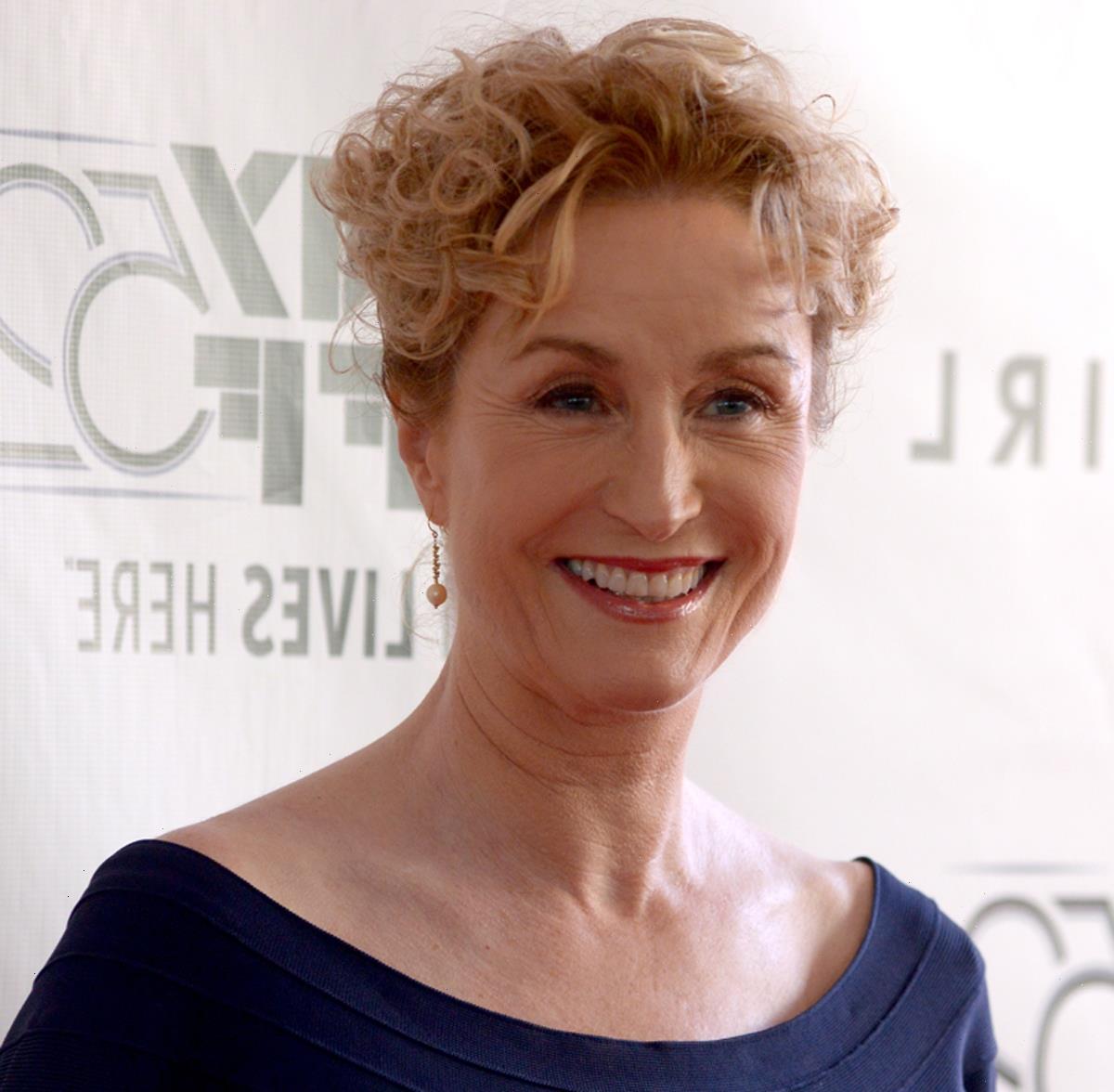Thirty years ago, watching a character visit a therapist on television was often played for laughs. At least, that’s how Yvette Lee Bowser, then-executive producer on “A Different World,” recalls it. In the real world, there was still a stigma around seeking such mental healthcare, especially within the African American community, she notes, so stories at the time introduced the idea to audiences slowly and in a “palatable” way.
Just five years later, when Bowser was working on “Living Single,” she was able to revisit the therapy discussion with a slightly different tone because “society, as well as our writing staff, was in a place where we wanted to help normalize it.”
Now, since talk therapy is a part of many individuals’ health journeys, it is being showcased as such on a number of new scripted series, from Starz’s “Run the World,” which Bowser executive produces, to Showtime’s “Black Monday” and more dramatic work including HBO’s “Mare of Easttown” and the return of “In Treatment.” And since therapy has entered the public conversation, authenticity in storytelling is more important than ever.
“What we do as writers and storytellers is provide cultural mirrors, so we wanted society to see themselves being able to go to therapy and be comfortable with that,” Bowser says. “And now we’re in a place where it’s the norm, so that’s how we dealt with it on ‘Run the World’: it’s just something they’re doing as part of their self-care routine. And you can’t truly be healthy without paying attention to your mental health.”
On NBC’s “Zoey’s Extraordinary Playlist,” though, the titular character (played by Jane Levy) enters therapy for the first time in the second season because she realizes she is so in-tune with others’ feelings (admittedly, due to a metaphysical ability to hear those feelings as songs) but not her own. She admits this “superpower” to her therapist (played by Oscar Nunez), who takes her completely seriously.
“It was really about, ‘Who do we go to in times of need and who do we go to for help?’” says showrunner Austin Winsberg. “The first thing I wanted to make sure was that it was grounded in some kind of reality or truth. It’s not his place to judge, it’s just his place to listen and help.”
Dr. Helen Land, associate professor at USC, notes that historically there have been some “pretty problematic” depictions of therapy on television, even including the original version of “In Treatment,” whose psychotherapist Paul (Gabriel Byrne), she says, occasionally exhibited “inappropriate behavior” with clients. Television therapists “often cross boundaries,” she says. The shows’ writers, producers, directors and actors “have to be very careful about that.”
For example, sometimes a therapist character will talk about themselves in a session scene in order to further interpersonal dynamics or reveal a surprising commonality between doctor and patient to provide connection or simply push the plot along. But Dr. Land points out that licensed therapists “do not share things about [themselves] unless it is psychotherapeutic for the individual.” Due to HIPAA rules, they also “don’t share information about clients with another person unless [they] have permission signed, for a period of time.”
Additional common misconceptions perpetuated by television can be the amount of education a person needs to be in the position they hold (“Having a B.A. in psychology doesn’t arm somebody to know all about personality and profiling and so forth,” Dr. Land explains), as well as confusing diagnoses.
The best way to avoid these missteps, she says, is, of course, to “hire a well-accredited therapist to review the information” in the scripts.
For the new version of “In Treatment,” co-showrunners Joshua Allen and Jennifer Schuur did just that. They hired a Black woman therapist who was in private practice in New York City as a consultant, Schuur says, to provide the “really specific point of view” they needed for their new character, Dr. Brooke Taylor (Uzo Aduba), as well as for some of the nuances of the work that would be done in her sessions. Equally important for them was showcasing what talk therapy is (including distinguishing what Brooke does from what a psychiatrist, who can prescribe medication, would do for a client), as well as “who has access to it and what it can accomplish,” Allen says.
“I think there’s this Woody Allenish idea of who goes to therapy, what therapy is for — that you only go if you’re in a crisis and you’re labeled as, ‘You only need to see a therapist if you have a disorder.’ We wanted to pull the wool off of that,” he continues. “Brooke, very early on, has to reset expectations: ‘If I start scratching and I find something, I’m going to keep going. We don’t have a destination in mind.’”
Similarly, a lot of such therapy doesn’t have an end date, nor a promised timeline for “breakthrough” moments. Allen learned that if a doctor or client wants to end treatment, it is a better course of action “professionally and ethically” to wind it down mutually, rather than “throw a switch and say, ‘OK, see you never.’”
Dr. Land also reinforces that people who go to therapy are often “very vulnerable,” but they have the right to refuse to “go where the therapist wants to go” in session or in continuing sessions. “We have to have informed consent to treatment,” she says. “We are employed by them.”
As the conversation around the importance of mental health only continues to grow in what will, hopefully, soon be a post-pandemic world, Bowser notes that seeing someone on screen “working through their individual issues, as well as their issues with each other” is relatable on a universal level. And if audience members see themselves reflected in the fictional therapy sessions, hopefully it will inspire them to take the step of talking to someone as well.
“We didn’t set out to try to bring people to therapy. Schuur says. “But I think what we get down to at the core of each of these characters’ issues are the largest things, which is talking about identity, self-worth, your history and how it shapes who you are and why you are the way you are — those are the deepest things that you can get to in therapy. Ultimately you walk away knowing more about yourself and then moving through the world [in a way] that is more authentic and truthful to you and you alone. Our goal was to show that’s the hope of therapy.”
optional screen reader
Read More About:
Source: Read Full Article

